
Occupy Oakland protesters at the Port of Oakland in California after effectively shutting down the nation’s fifth-busiest port during a day of nonstop protesting. Photo: Kent Porter.
In a game of association, words like “revolution,” “radical,” “progress,” and “liberation” consistently evoke images of the Bay Area: Berkeley sit-ins, Black Panther community breakfasts, Haight Street hippies, Occupiers, anarchists, protests, riots, love-ins, etc. The Bay Area and radical thought and action are inseparable in the collective consciousness. Today, as Bay Area artists struggle to exercise this heritage in an increasingly hostile economic environment, they continue to excavate, assemble, and deploy transgressive thought: both its legacy and potential.
Revolution often begins with revelation, and this comes in many forms and voices. The Bay Area artists, curators, and culture shifters selected to contribute to this reading list, labor with dissident hearts; from a place of criticality that chafes against the status quo. The texts they have selected vary in form, tone, and content. Some are contemplative and expository while others are explosive, aberrant, ruminating. Ultimately, the role of radical writing is to lead the bear out of the circus to discover her own freedom and power, not to burn down the tent. Each of the below texts, represents the flint from which these artists build fire.
Dena Beard, Executive Director, The Lab SF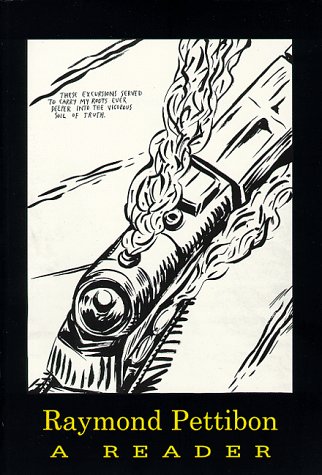
Raymond Pettibon: A Reader
Edited by Ann Temkin and Hamza Walker (Philadelphia: Philadelphia Museum of Art, 1998)
True to form, Pettibon doesn’t give a rat’s ass about giving Charles Manson the same treatment as Charles Baudelaire. As a compendium of raw source material, Pettibon’s Reader provides insight through misinterpretation—which I firmly believe is the best route to knowledge. Pettibon’s drawings set off these gross diversions with a cunning known only to the most irreverent and uncompromising artists. Now, it’s my plan to allow some women artists the same degree of latitude…
Craig Calderwood, artist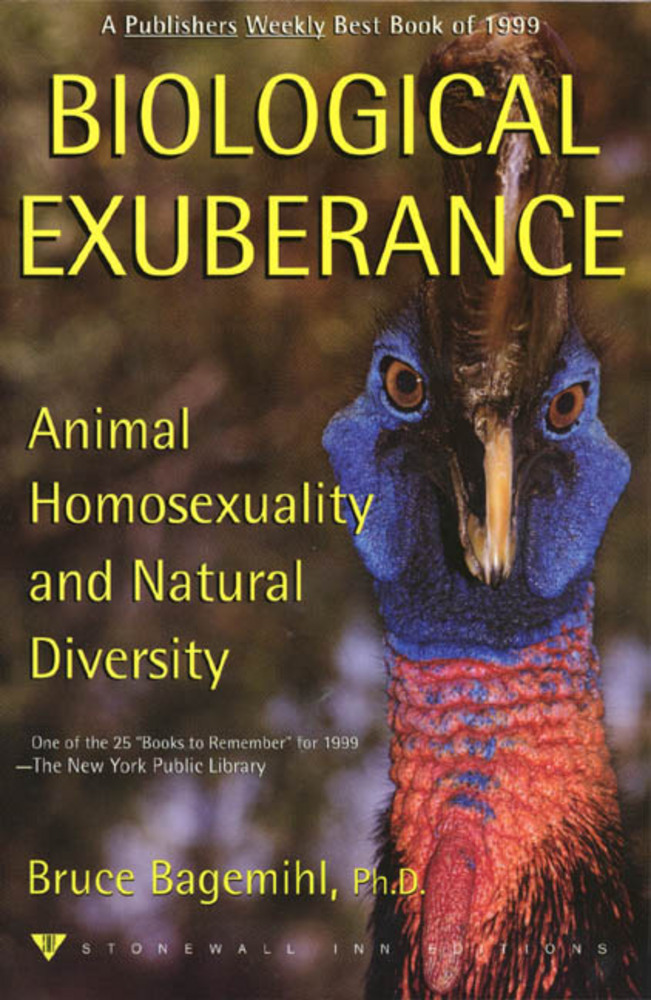
Biological Exuberance: Animal Homosexuality and Natural Diversity
By Bruce Bagemihl (New York: Stonewall Inn Editions, 1999)
This was the book that shifted the way I go about creating ideas and spurred my love for creating research-based artworks. The thorough and dense amount of information on homo/bi/poly/trans animals in this text helped me imagine visual arts with denser narratives engaging complicated Trans/Queer identities that transcend the trappings of anthropocentric thinking. It was exciting and unexpected, and since reading this book my process has been imprinted with science and the drive to always dig deeper.
 Taraneh Hemami, artist
Taraneh Hemami, artist
Poniard on the Plate
By Ahmad Shamlu (Tehrān: Morvarid Publication, 2010; first published in 1977)
In my early teens, reading Ahmad Shamlu’s poetry—wrapped carefully in a cocoon of mystery, secrets, truths unraveling in between the lines—ignited a passionate quest for a just and free world that seemed beyond reach. Years after the Iranian revolution, his words became my only glimpse into the texture of life from an intangible distance. In recent years, I have been immersed in the stories and histories of the Iranian dissent in Iran and its Diaspora. I return again and again to Shamlu’s powerful words for guidance, peeling away the layers of each chiseled-into-perfection phrase gingerly, learning from his resilience, his uncompromising passion, and his endless hope for justice.
Ana Teresa Fernández, artist
The Labyrinth of Solitude
By Octavio Paz. Translated by Lysander Kemp (New York: Grove Press, 1950)
When I was nineteen years old and an undergraduate, I began doing my performance documentation work via painting. My parents suggested I read The Labyrinth of Solitude. I still have the book and in Chapter Four, “The Sons of La Malinche,” I highlighted this excerpt in bright orange:
It would be better to say that she is the Enigma. She attracts and repels like men of an alien race or nationality. She is an image of both fecundity and death. In almost every culture the goddesses of creation are also goddesses of destruction. Woman is a living symbol of the strangeness of the universe and its radical heterogeneity. As such, does she hide life within herself, or death? What does she think? Or does she think? Does she truly have feelings? Is she the same as we are? Sadism begins as a revenge against feminine hermeticism or as a desperate attempt to obtain a response from a body we fear is insensible. As Luis Cernuda has said, “Desire is a question that has no answer. Despite woman’s full, rounded nakedness, there is always something on guard in her. (66)
Paz was referencing the complexity of a woman that was both savior and traitor: a woman as a coin with two sides, a complex creature that never ceased to unveil herself. I must have read this chapter four times, it was so dense and rich with gender analysis of the virgin-whore spectrum. I think Paz has an unparalleled ability to fuse sensuality and politics using history and contemporary issues in the most poetic way to broaden our means of seeing. That is what I strive for in my work.
Christian Frock, artist, writer, and curator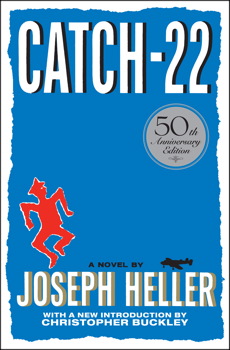
Catch-22
By Joseph Heller (New York: Simon & Schuster, 1961)
My radical reference is always, always, always Joseph Heller’s Catch-22—always and forever, without a doubt. It is a little known fact that I have read Catch-22 dozens of times. (Hey, this reminds me, I need to reread it.) Not only did this book give me a radical perception of sanctioned military violence, it was also a window into the regular absurdity of bureaucracy, politics, rules, and administration. I identify most with Yossarian, but I aspire to be more like Orr; Yossarian vocalized his opposition to the war to anyone who would listen, while Orr quietly strategized how he would circumnavigate the rules to get everything he wanted and what he didn’t know how to do, he taught himself. It isn’t a perfect book—Heller must not have thought much of women—but Catch-22 has taught me, many times over, how to go around/over/under barriers, rules, limitations, and expectations—and to laugh at sometimes absurd protocols, most especially those of men in power. Art never comes into play in the story, but this story has very much informed my art life.
Philip Huang, artist and writer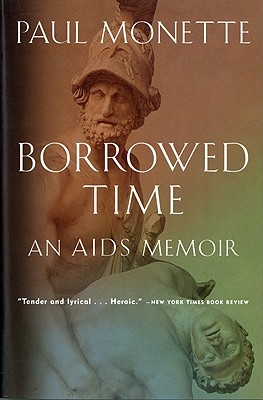
Borrowed Time: An AIDS Memoir
By Paul Monette (New York: Harvest Book/Harcourt, 1988)
Borrowed Time, written in the bleakest years of the AIDS epidemic under Reagan (who, frankly, can’t be faulted for ignoring AIDS; she [sic] was too busy digging her stilettos into the necks of America’s poor to deal with junkies and faggots), was the first book I read when I came out at the age of nineteen. It scorched me and set me on a path toward HIV prevention, community organizing, and activism—which by the late nineties had largely been taken out of the streets and into the respectable, sanitized, and compliant hands of AIDS service organizations sucking the teats of the very government agencies they once railed against—don’t get me started. But it also set me on a path toward becoming an artist. For the next decade, possessed by the archetypal widow I first encountered in Borrowed Time, I wrote and rewrote the mourning narrative—I couldn’t stop myself, I couldn’t expunge this ancient grief—which I published as A Pornography of Grief in 2010. Paul Monette died in 1995, a few months after I came out, and it’s his and a generation of dead faggots’ call that I answer when I take my camera to the streets, because the world will let you die, the world will humiliate and erase you if you let it, so fight, scratch, spit, and scream as long as you have a breath left. That is the faggot’s work.
Lordy Rodriguez, artist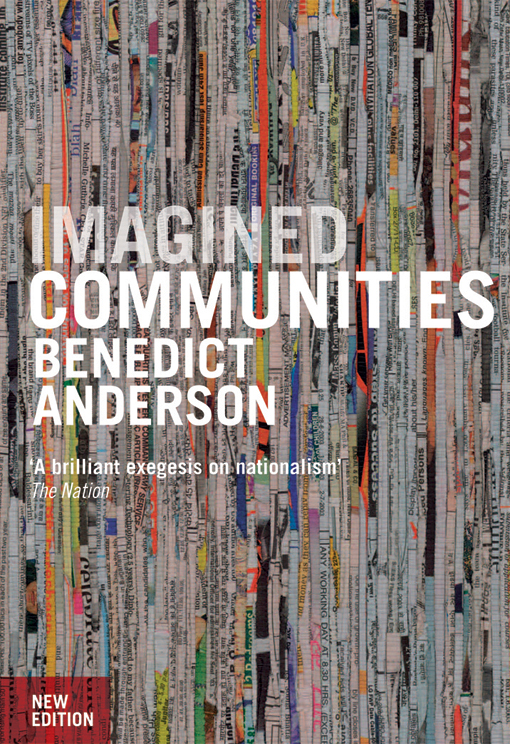
“Census, Map, Museum” from Imagined Communities
By Benedict Anderson (New York: Verso, 1991)
There’s a boundary between identity and nationalism that I’m constantly crossing with my work. I never really paid attention to the institutions that have contributed to the identities I’ve adopted until I read “Census, Map, Museum” in college. Before, something as innocuous and soul-serving as a museum only played the part of documentarian and cataloger and not a machine of nationalistic propaganda. Now I spend most of my research time looking for, breaking apart, and exploiting larger systems and institutions of identity rather than the smaller definable terms that lie at the surface. Despite the contents of the essay, there are no combinations of words that better suits my aesthetic: “Census, Map, Museum.”
Kate Rhoades, artist; Co-Founder of Congratulations Pine Tree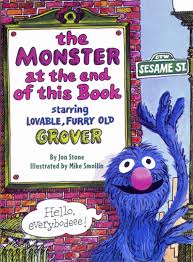
The Monster at the End of This Book
By Jon Stone (Golden Books, 1971)
This was the first exposure I had to meta-fiction. Grover spends the entire story desperately pleading with the reader to stop turning pages because there is a monster at the end of the book. Of course it turns out that the monster is him. I am still grappling with the problems of alienation and futility that were introduced to me over twenty years ago by Grover.
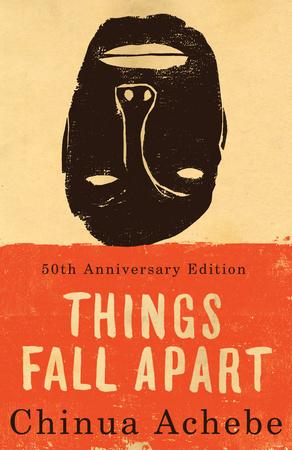 Maysoun Wazwaz, curator; Program Manager, Mills College Art Museum; Co-Founder Congratulations Pine Tree
Maysoun Wazwaz, curator; Program Manager, Mills College Art Museum; Co-Founder Congratulations Pine Tree
Things Fall Apart
By Chinua Achebe (London: William Heinemann, 1958)
I read this book when I was in high school and the lessons learned from it have stuck with me since. It was likely my first introduction to colonialism and its many problems and has helped shape my understanding of politics, power, and racism. It’s important to understand your place within a community that’s not your own and especially to question your actions and intentions in that community.



